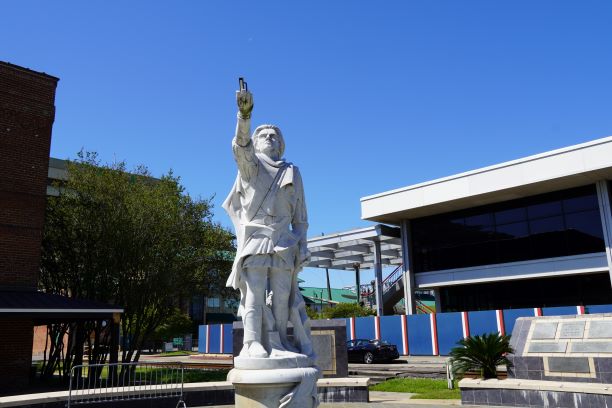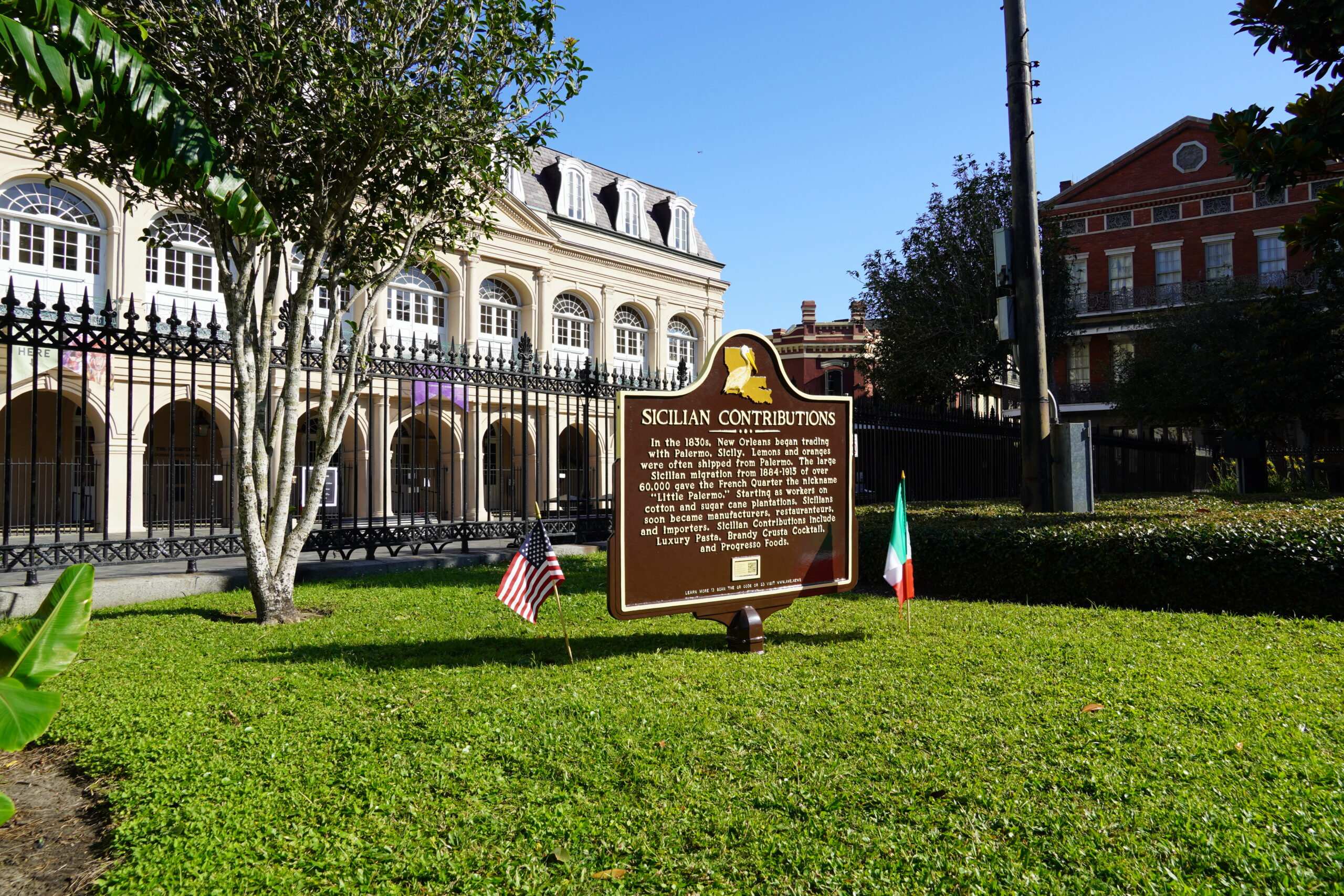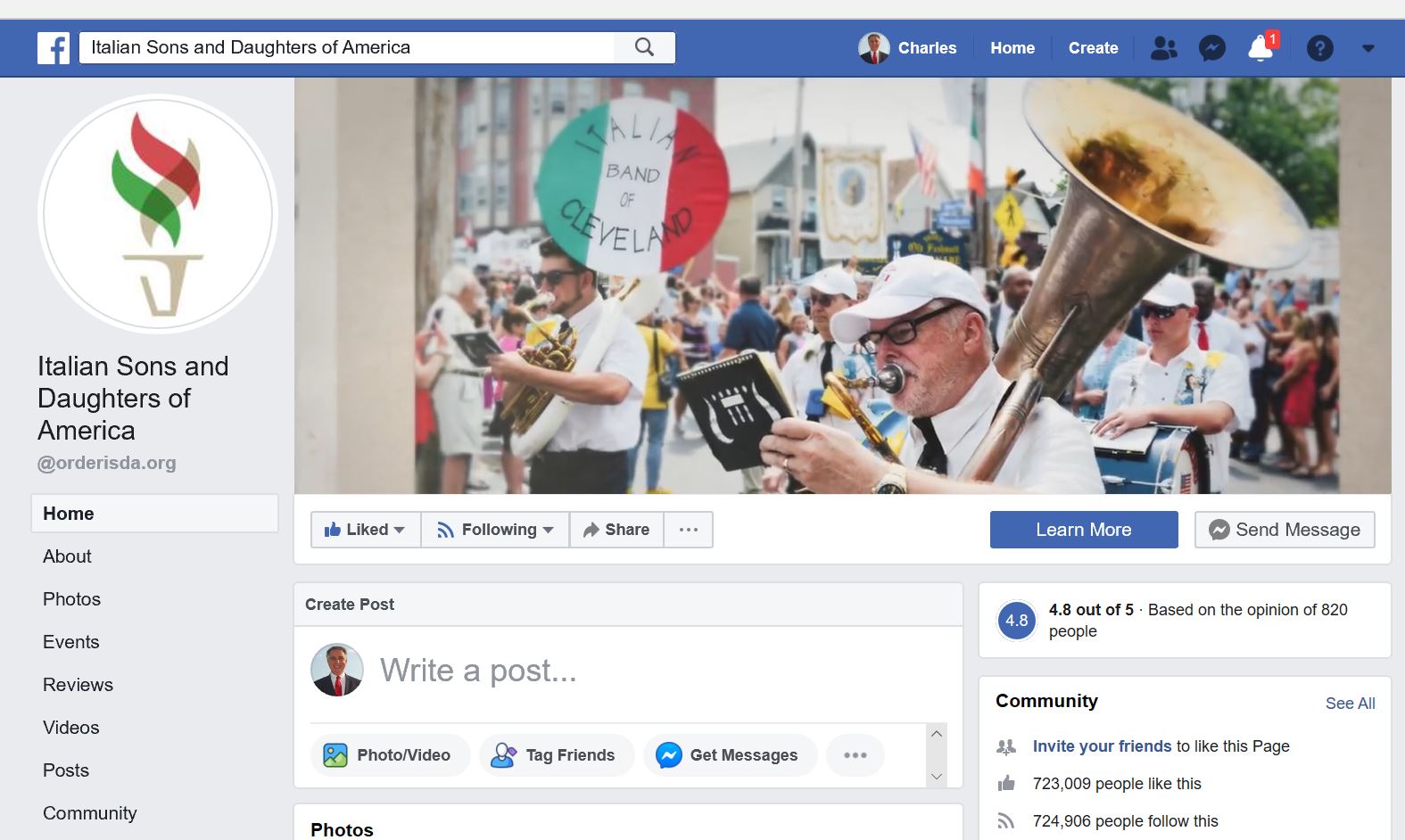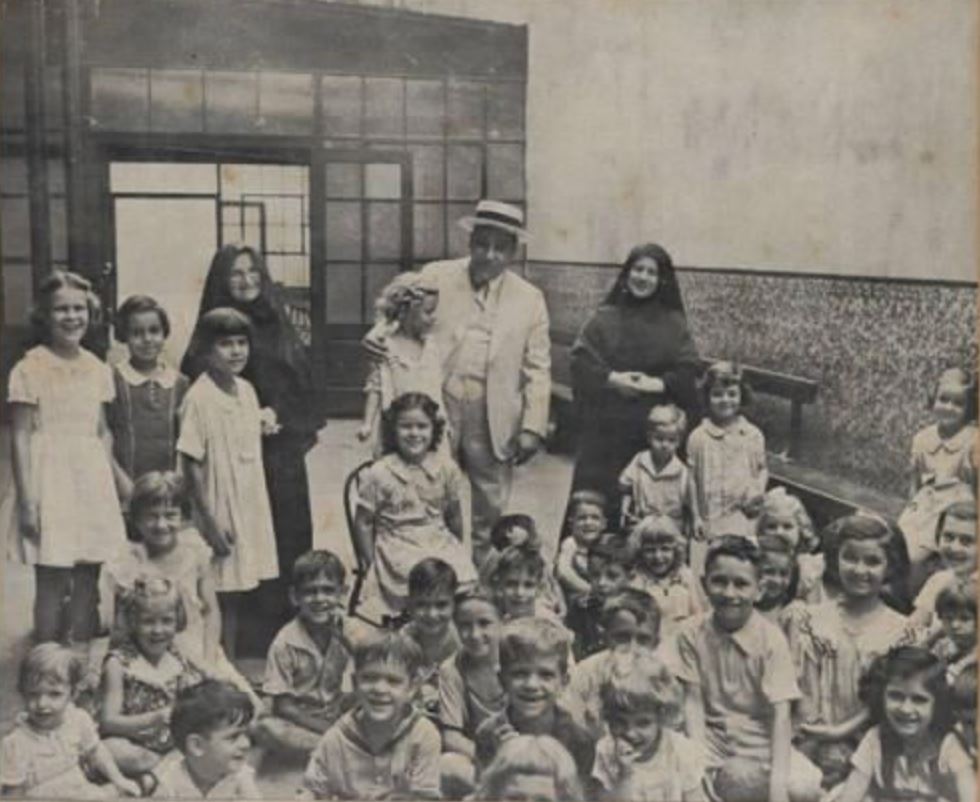A monument erected in 1990 to honor the Italian immigrants from 1880 to 1910 to Louisiana is how targeted for removal in Baton Rouge.
Today many third, fourth, and fifth generation Italians cherish their fathers and mothers from both current and past generations for work ethics leading to a better life for future generations.
Such was the case in the 1980s when fundraising began for statues in New Orleans and Baton Rouge were dedicated as monuments to the immigrants.
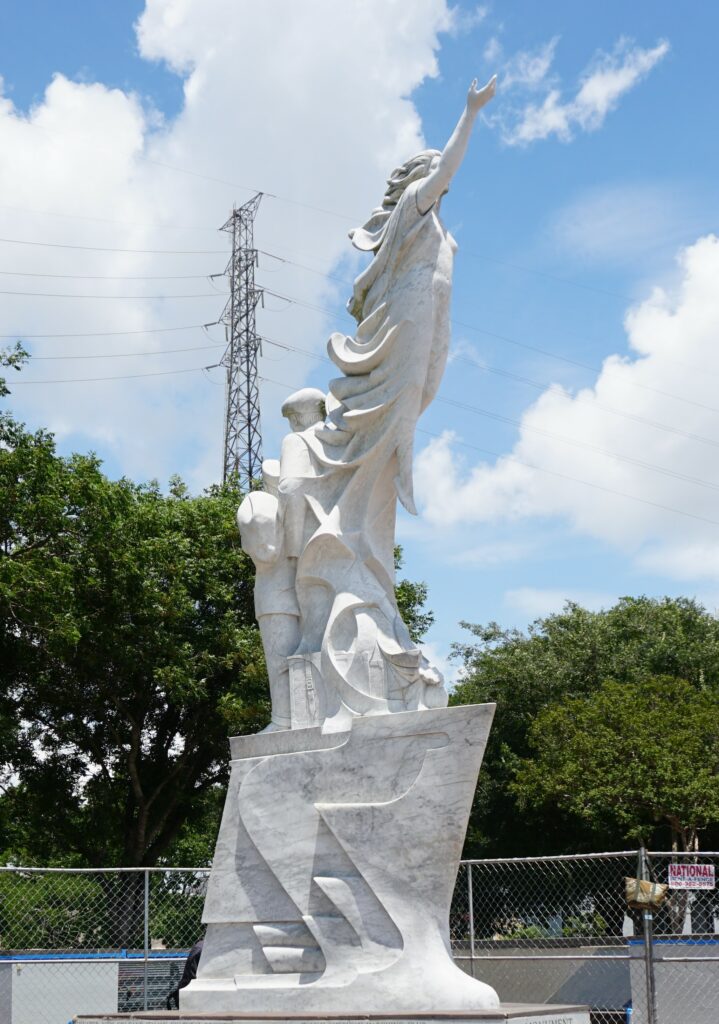
Both sculptures are by Franco Alessandrini.
In June 2020, calls began to remove the Christopher Columbus statue in Baton Rouge as reported on local TV.
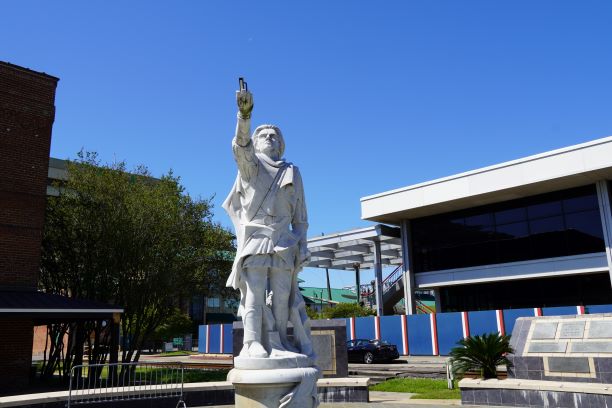
Baton Rouge Statue honoring the immigrant ancestors of over 250,000 Italians in Louisiana.
During the 1880s owning land was not possible for many Italians living in Sicily. At the same time, the plantations of Louisiana, Mississippi, and Arkansas and needed workers and recruited in Sicily. Word spread that after three years working on a plantation, a family could save enough to buy a piece of land.
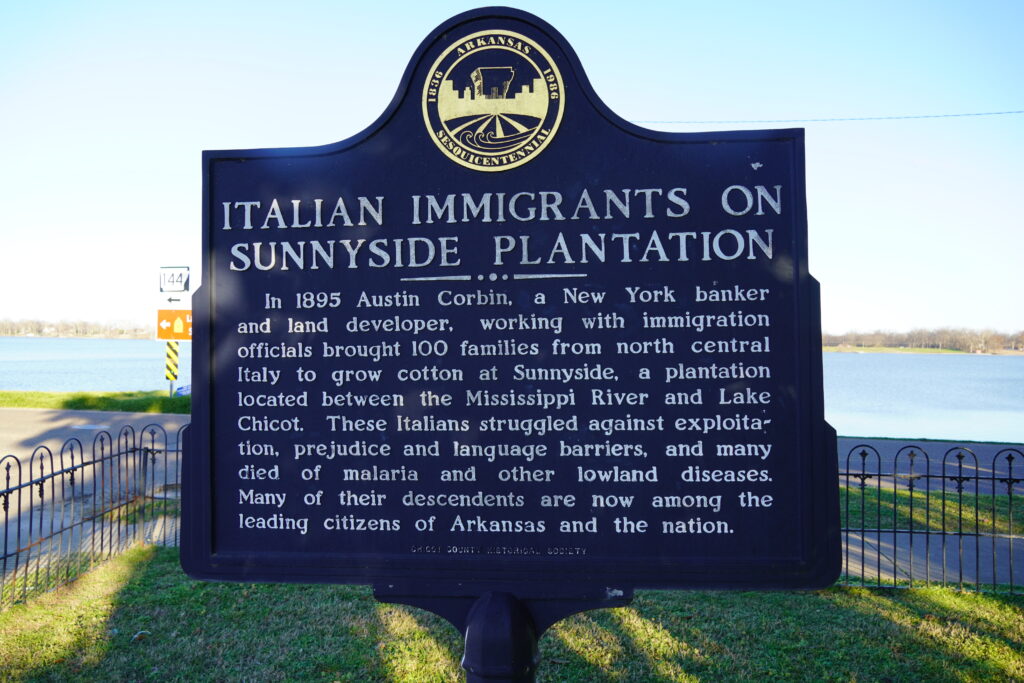
Many brought corner grocery stores and lived above the store. Three to four generations later, In 1990 the descendants of those early immigrants pooled their money and erected a statue to their ancestors that took the chance as explorers to a new country.
The explorer Christopher Columbus was chosen. In 1891 America’s largest lynching was in New Orleans of eleven Italian who had immigrated to America by a mob of 5,000. Other lynching of Italians occurred in Louisiana in the years that followed. The Columbus Statue in New York was erected in 1892 in honor of those that were lynched and the commitment to America of Italian Immigrants.
Italians and Sicilians began arriving into New Orleans in the early 1800s as the Sicilian Lemon was recognized as a cure for scurvy. From the 1880s to the 1910s Sicilians and Italians were recruited in the tens of thousands to work on the plantations, the railroads, and the docks of the Mississippi River. Those early immigrants dealt with prejudice and racism.
Their hard work and family values made for a better life for their descendants. By the 1890s, those immigrants began to erect monuments to Christopher Columbus, who they viewed as an explorer seeing a better trade route in the fifteenth century. Columbus Circle in New York was erected in 1892.
Due to risky work and diseases such as Yellow Fever, death often befell the laborers and left many widows. As a result The Knights of Columbus was formed in the 1880s. During World War I, The Knights of Columbus built and operated warming huts behind enemy lines. Following World War I,
The Knights of Columbus increased its efforts to address racism in America by funding books and projects of the NAACP. In return of these efforts President Franklin Delano Roosevelt established Columbus Day as a Federal Holiday. In 1992, the descendants of those immigrants from the 1880s and in support of equality erected a statue of Christopher Columbus in Baton Rouge.
In Baton Rouge and New Orleans the Mayor’s have formed commissions to review removing monuments.
